This sumptuous bouquet reveals the full virtuosity of Eugène Baudin: the paint is applied in thick, almost passionate strokes, giving the petals and foliage a vibrant, sensual presence. Bold, contrasting colors—from the deep violet of the irises to the brilliant white of the peonies—come alive under subtle lighting, while the dark background highlights the floral arrangement, accentuating its elegance and modernity. The inclusion of refined objects—a ewer, a stemmed glass—places the work within the grand tradition of still life while demonstrating the boldness and freedom characteristic of the modern Lyon School. An emblematic painting of Baudin’s maturity, it combines technical brilliance with decorative refinement.
Enrolled at a young age in the École des Beaux-Arts in Lyon, he studied under Marc Laurent Bruyas, flower painter Jean-Marie Reignier, and Jean-Claude Bonnefond. His first exhibition took place at the Lyon Salon in 1863, and he won a gold medal there in 1905. He also exhibited in Paris, where a posthumous retrospective of his work was held at the 1907 Autumn Salon.
In 1865, he opened a drawing studio with his friend Méssoniat while working as a designer for the silk house Agnès, Bresson & Cie. In 1896, however, he gave up that activity to devote himself entirely to landscape painting, capturing scenes around Lyon, Brittany, and the Mediterranean.
Baudin’s landscapes are notable for their sometimes spectacular execution, with thick layers of paint and contrasting colors. His sumptuous floral compositions share the same brilliance and daring. By contrast, his approach becomes more restrained and delicate when he tackles nudes or symbolist landscapes, demonstrating the versatility and sensitivity of his art.










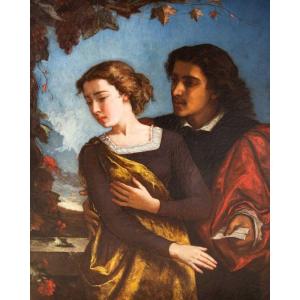




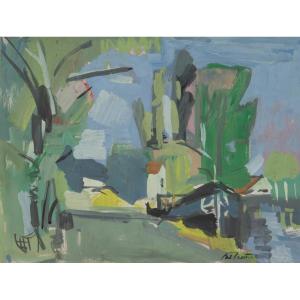
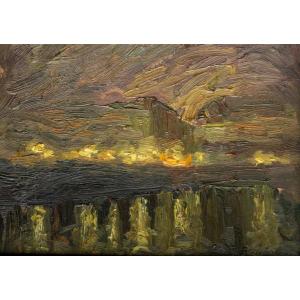

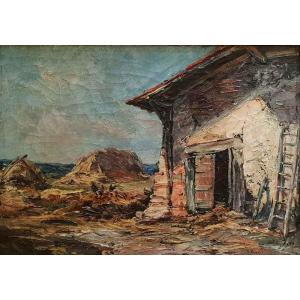
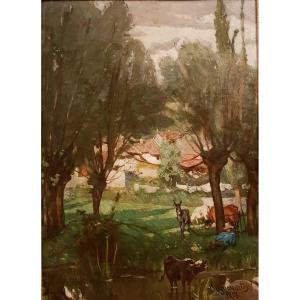

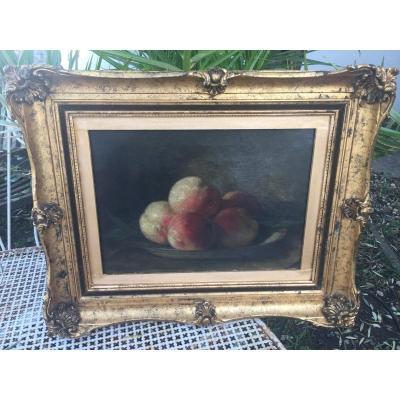






 Le Magazine de PROANTIC
Le Magazine de PROANTIC TRÉSORS Magazine
TRÉSORS Magazine Rivista Artiquariato
Rivista Artiquariato